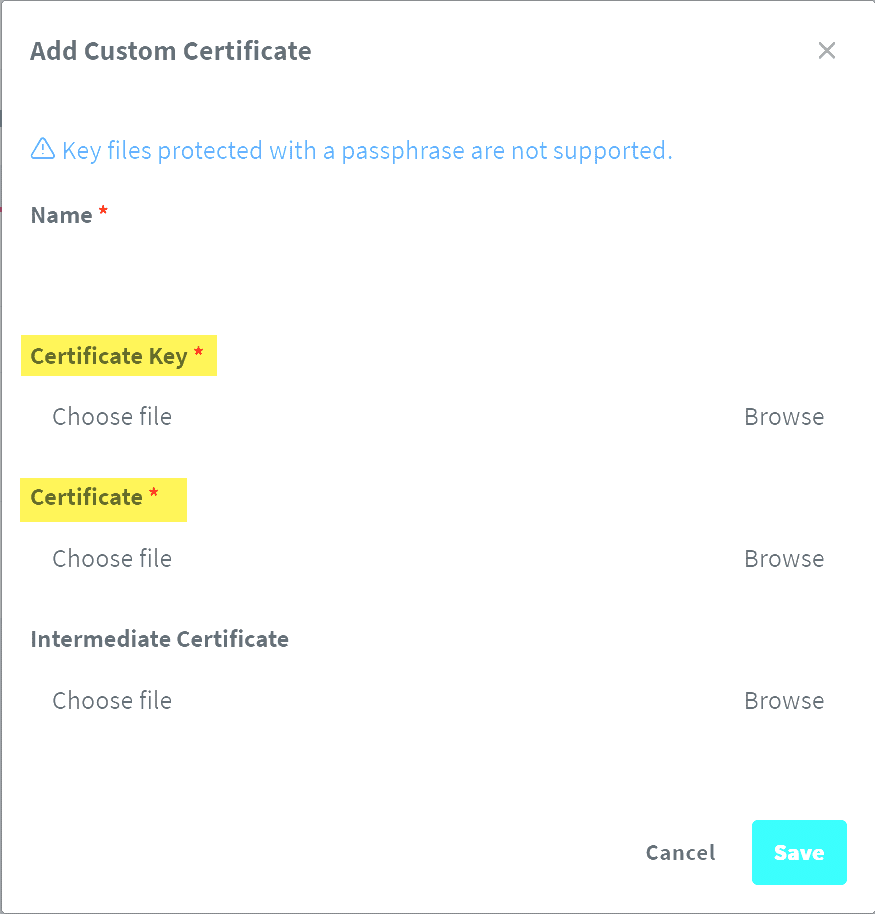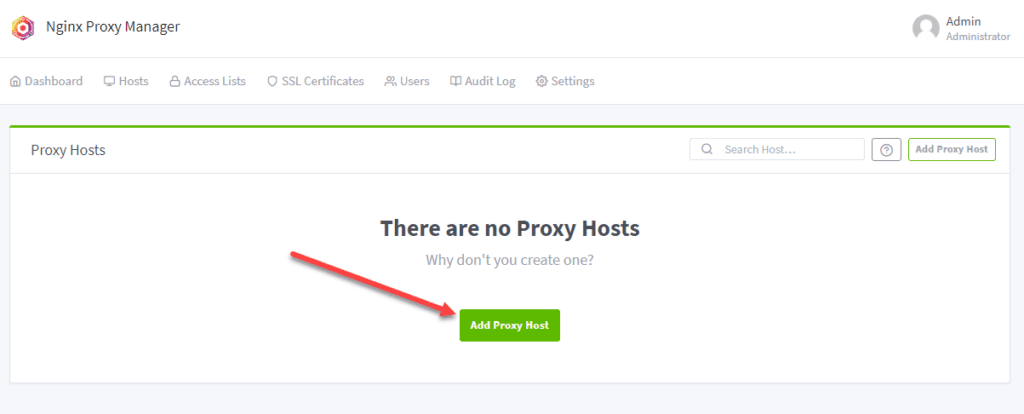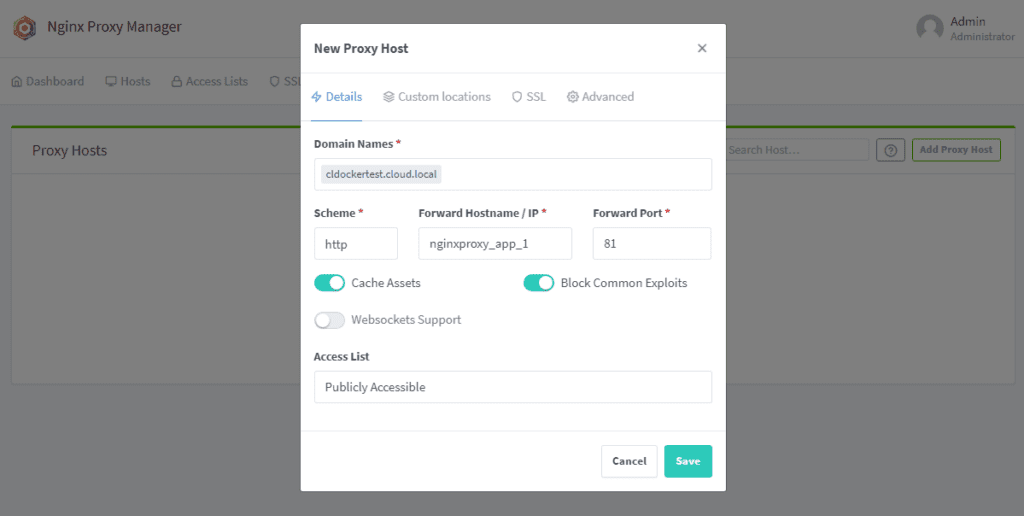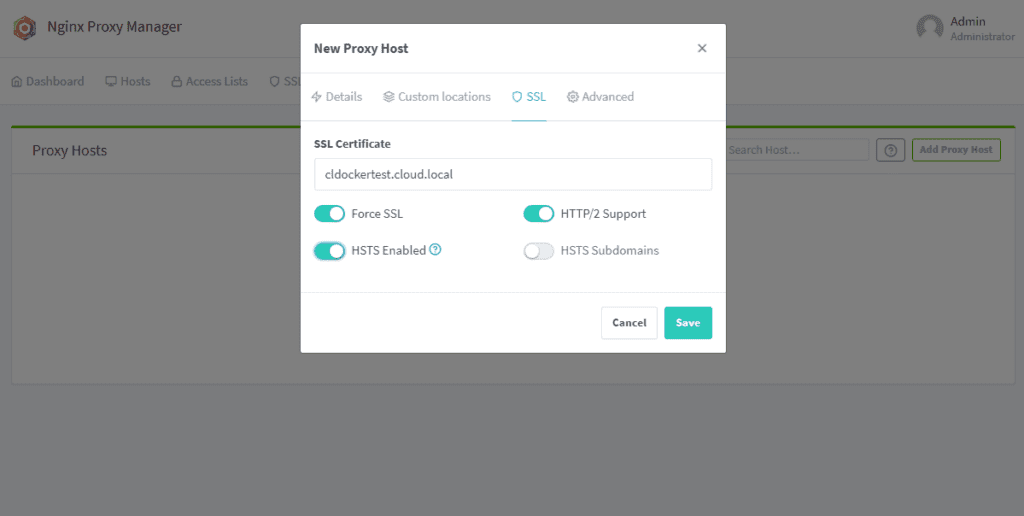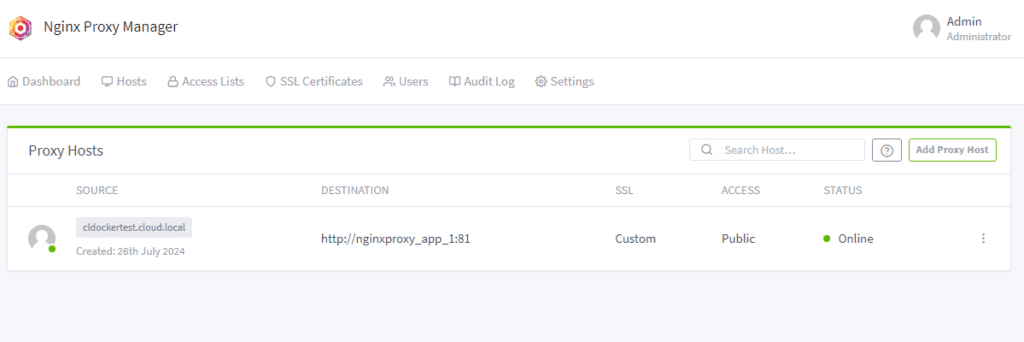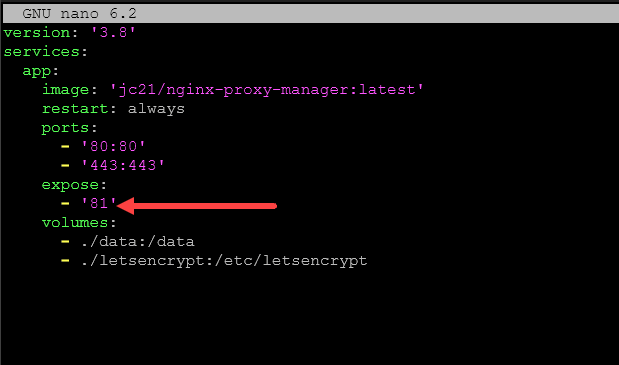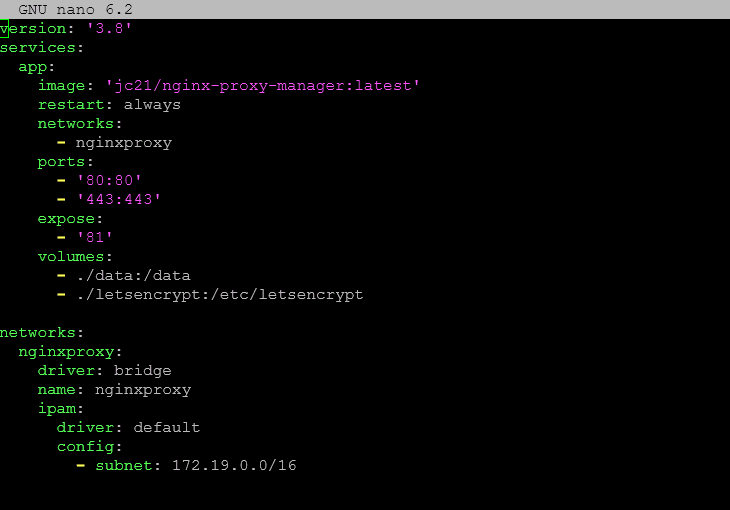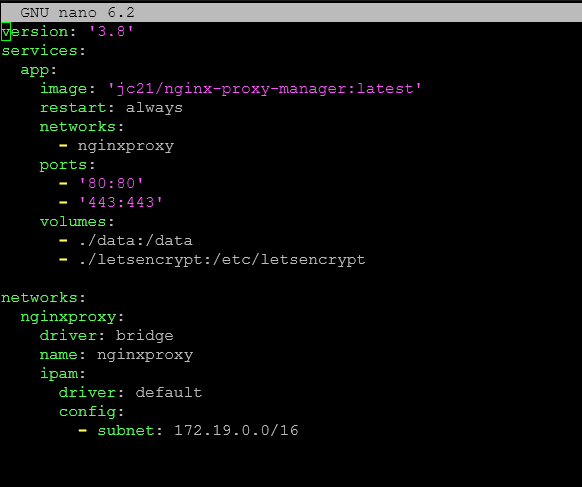I really like Nginx Proxy Manager to secure my Docker containers running on Docker hosts with SSL certificates. I find it to be extremely intuitive and it is absolutely one of those “must have” tools in the home lab environment that you need to have. However, have you wondered how you can secure Nginx Proxy Manager admin interface with SSL? Let’s see the simple steps needed to do this.
Why secure the Nginx Proxy Manager admin interface with SSL?
Well, the main reason is it comes default as a plain HTTP port 81 configuration. This means that any passwords you are typing into your Nginx Proxy Manager web admin interface are sent across the network in clear text. If you are a security nerd and like to take a look, you can set up a port mirror on a port and look at the traffic coming across and you will literally see clear text passwords in the traffic captures…pretty cool and scary at the same time.
Never put a clear text website into production that doesn’t use an SSL connection as all passwords are sent in this insecure way. Anyway, I digress.
It’s ok to test with port 81 in a home lab but even there, I try to get things secured once you have everything configured and up and running.
You can use self-signed certificates or LetsEncrypt
Let’s Encrypt certificates require a little more configuration to setup. However, really not that much more. I will show you guys how to create a self signed certificate to secure your hostname.
Generate a self-signed certificate
To generate a self-signed certificate, use a Linux machine or a Windows Subsystem for Linux instance and run the command below. You can replace “selfsigned” in the names with anything you want. There is nothing significant about that in the name.
openssl req -newkey rsa:2048 -new -nodes -x509 -days 3650 -keyout selfsigned.pem -out selfsigned.crtAdd a custom certificate in NPM
Once you have the .pem file and the .crt file, you will use these to add a new SSL certificate in NPM. Navigate to SSL certificates and click the Add SSL Certificate button.

Browse and find the pem file and crt file you created with the openssl command.
Add a proxy host for the Nginx Proxy Manager host itself
Navigate to Hosts > Proxy Hosts > Add Proxy Host.
Enter your domain name that you used in creating the SSL certificate. Note in the scheme we are selecting HTTP. The reason for this is that we are telling Nginx Proxy Manager how it needs to connect to the container which is itself in the Forward Hostname /IP. We are telling it to proxy traffic coming in for the name on the certificate and redirect it on the backend to port 81 of the container.
Also, I am flagging on Cache Assets and Block Common Exploits.
Under the SSL tab, we select the custom SSL certificate and then flag on Force SSL, HTTP/2 Support, and HSTS Enabled.
The proxy host is added successfully. We see the destination and the status is online.
Closing off access to NPM on HTTP port 81
Now that we have the proxy host configuration in place, we need to close off access to the NPM configuration for HTTP port 81.
Below, is the default configuration. It forwards port 80, 81, and 443.
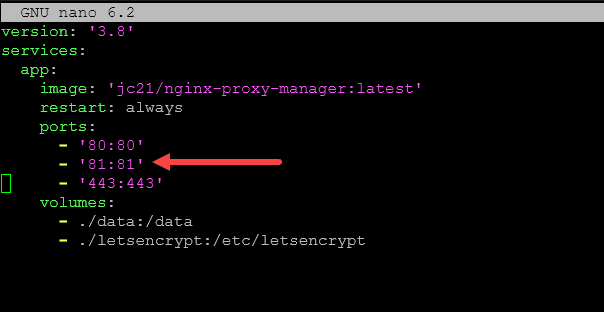
Now, we need to take the port configuration ’81:81′ out and then place it in the expose section as we have done below.
Below is the entire configuration, showing the networks configuration. This will ensure the only way traffic coming in can get to port 81 is through the NPM proxy host.
As an alternative way, which is easier, we can just take out the port configuration for port 81 altogether and not place it in either the ports configuration or expose configuration. The reason we can do it this way is the container image itself exposes port 81.
So, port 81 will be open to the Docker network, but not coming in from outside the Docker container host running NPM.
Reconfigure your Nginx Proxy Manager container
Now that we have changed the Docker Compose configuration, you need to restart your NPM container, building it with the new config found in the docker-compose.yml file. You can do that with this command. Be sure to replace “nginxproxy” with the name of your NPM container in your docker-compose.yml file.
docker-compose -f docker-compose.yml up -d --build nginxproxyWrapping up
Nginx Proxy Manager is a great proxy for your Docker containers running on your Docker container host. Securing the admin interface for Nginx Proxy Manager is a must in order to keep your passwords and other communication from being transmitted over clear text on the HTTP port 81 default website.

